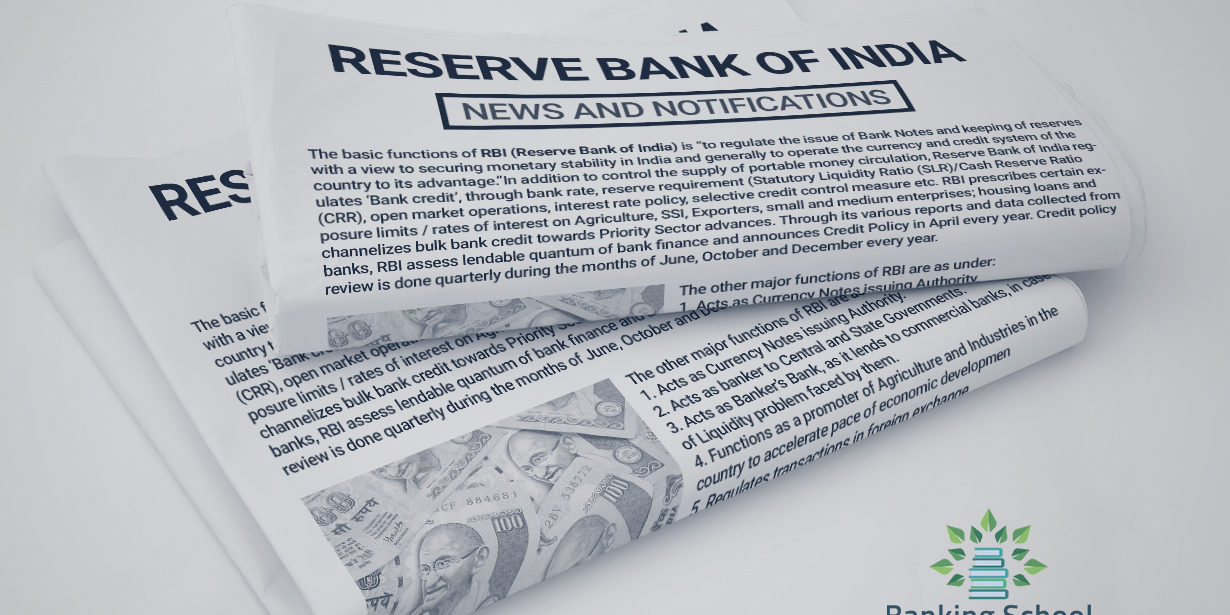Bank rate is actually the rate of interest at which Reserve Bank of India is lending to commercial banks. Reserve Bank of India is prepared to buy or re-discount bills of exchange or other eligible commercial paper from commercial banks. Bank rate is governed by Section 49 of Reserve Bank of India Act 1934.The effect of bank rate has direct consequences on the structure of market interest rate and serves as a signal to the money market, business community and the public of the relaxation or restraint in credit policy. When RBI desires to restrict credit expansion it would discourage banks by increasing the bank rate. Commercial banks as consequence to increase the cost of their borrowing from RBI would increase the interest rate on their lending. A high rate of interest on advances dissuades the bank borrowers from further borrowing and they would reduce their level of borrowing from banks. In the same way, during the period of depression, RBI reduces the bank rate, to create more credit from the banking system. Pursuant to cut in bank rate, there will be the reduction in interest rate on their advances. Bank rate as a lever to regulate the total volume credit has its own limitation. Generally, investment demand depends upon investor’s confidence that their investment will appreciate in excess of a burden of interest, and then increasing the bank rate, such investors will not desist from the borrowings even when the interest rate is hiked. Similarly, it also depends on the frequency of commercial banks resort to borrowing from RBI.
Click below for related articles:
(i)Do you know that Repo auction framework is different from Repo rate? (ii) What is Marginal Standing Facility, (iii) CRR and SLR: How they affect on bank credits?(iv) Effects of Repo rate, Reverse repo rate changes



